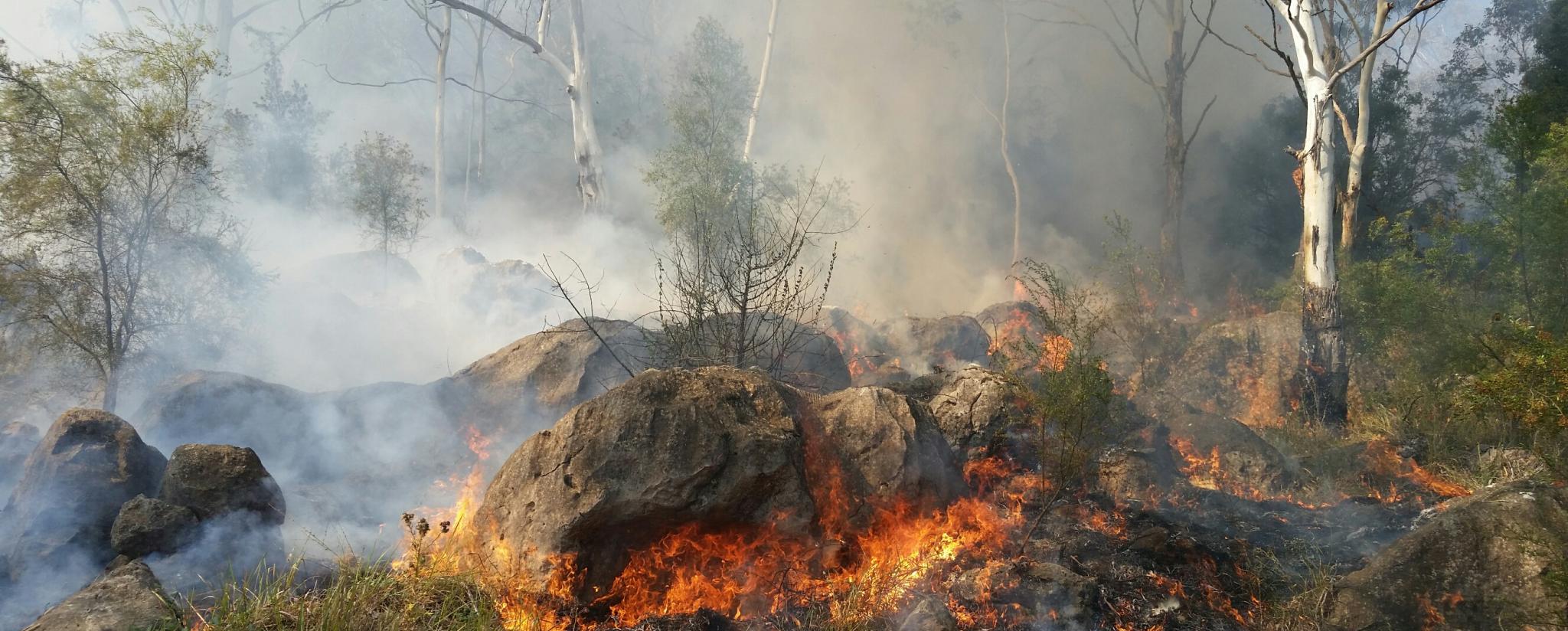Essential Tips for Bushfire Monitoring to Make Sure Fire Protection

Recognizing Bushfire Threat Levels
Recognizing the differing levels of bushfire risk is important for reliable planning and preparation in mitigating possible dangers to lives and properties. Bushfire risk levels are normally classified based on factors such as weather, fuel accessibility, topography, and historical fire habits. By understanding these danger areas, individuals and degrees can proactively execute strategies to decrease susceptability and improve resilience when faced with prospective bushfire occasions.
The initial degree of bushfire danger is low threat, where the probability of a bushfire occurring and triggering significant harm is very little. This degree commonly happens throughout periods of low temperatures, moderate humidity, and very little wind speeds. Moderate risk levels show a raised possibility for bushfires because of intensifying weather or fuel availability. High-risk degrees represent a substantial risk, with problems for fast fire spread and extreme fire actions. Extreme danger degrees are the most essential, posturing brewing risk to buildings and lives because of severe weather and extremely flammable gas.
Recognizing these bushfire threat degrees allows stakeholders to tailor their readiness and feedback actions as necessary, guaranteeing a effective and proactive approach to bushfire administration.
Establishing a Defensible Space
Effective bushfire monitoring starts with developing a defensible area around homes to boost protection against possible fire dangers. A defensible room is a buffer zone that produces a barrier in between a structure and the bordering combustible plants. This space functions as a critical line of protection, giving firefighters a secure location to operate and aiding to minimize the threat of a fire infecting the home.
When creating a defensible area, it is vital to think about the layout of the home and the bordering landscape. Cleaning vegetation, particularly highly combustible plants, within a certain radius of the residential or commercial property can aid stop the fast spread of fires. Additionally, keeping a well-irrigated zone around the property can additionally boost its defensibility.
Normal maintenance of the defensible room is critical to guarantee its performance. This consists of trimming looming branches, removing dead vegetation, and keeping the location devoid of debris. By spending effort and time right into establishing and maintaining a defensible area, homeowner can dramatically boost their possibilities of shielding their homes and assets throughout a bushfire.
Applying Fireproof Landscape Design
When designing landscapes to alleviate the threat of bushfires, including fireproof components is essential for enhancing residential or commercial property security and reducing fire hazards. Select plants with high moisture content, low oil web content, and marginal dead plant life to minimize the threat of fire spread.

Developing an Emergency Discharge Plan
Establishing a thorough emergency evacuation plan is essential for guaranteeing the safety and security and health of people during prospective bushfire click to find out more occurrences (BAL Assessment). An effective emptying strategy ought to outline clear treatments to follow in case of a bushfire danger, including designated discharge routes, setting up points, and interaction protocols
To start developing an emergency discharge strategy, it is important to examine the specific dangers and vulnerabilities of your place. Identify several emptying paths that cause safe locations far from the fire, considering elements such as terrain, road ease of access, and possible hazards. Develop interaction channels to alert citizens of an approaching emptying, making use of approaches such as alarms, text informs, or door-to-door notifications.
On a regular basis review and practice the discharge strategy with all locals or community participants to make sure every person understands their roles and responsibilities. Conduct drills to evaluate the effectiveness of the strategy and make any essential changes. By having a well-prepared discharge strategy in position, you can boost the opportunities of a risk-free and organized evacuation during a bushfire emergency situation.
Preserving Fire Security Tools
After establishing a comprehensive emergency situation evacuation prepare for bushfire occurrences, it is important to focus on the regular maintenance of fire safety equipment to ensure optimum capability and readiness. Regular maintenance of fire security devices such as fire extinguishers, smoke detectors, smoke alarm, and sprinkler systems is essential in safeguarding lives and home during a bushfire. When Visit Your URL required., carrying out regular assessments, testing, and maintenance of these tools by qualified experts is important to assure they are in functioning order.
Fire extinguishers need to be checked frequently for pressure degrees, visible damages, and appropriate capability. By faithfully preserving fire safety and security tools, individuals can boost their preparedness and reaction abilities in the occasion of a bushfire.
Final Thought
In final thought, efficient bushfire monitoring involves understanding danger degrees, developing defensible areas, executing fire-resistant landscape design, establishing emptying strategies, and preserving fire safety and security tools. By following these crucial pointers, people can make sure much better fire defense and security for their areas and homes. It is necessary to prioritize aggressive steps to minimize the risks connected with bushfires and to be prepared for emergencies.
By recognizing the subtleties of bushfire threat degrees, developing defensible spaces, implementing fireproof landscaping, developing comprehensive emptying strategies, and guaranteeing the upkeep of fire safety tools, people and communities can substantially boost their durability against the ravages of look at this website wildfires - Bushfire Risk. These suggestions are not just crucial for guarding versus immediate fire hazards but likewise for cultivating long-term fire security approaches that can make a substantial distinction in the face of intensifying bushfire dangers
Risky degrees symbolize a considerable hazard, with conditions conducive to rapid fire spread and severe fire behavior. Routine maintenance of fire security equipment such as fire extinguishers, smoke detectors, fire alarm systems, and sprinkler systems is vital in guarding lives and residential or commercial property throughout a bushfire.In verdict, reliable bushfire administration includes recognizing danger levels, producing defensible spaces, implementing fire-resistant landscaping, establishing evacuation plans, and keeping fire safety equipment.